The Benefits of Canine Sports: Enhancing Health & Strengthening Bonds
April is Canine Fitness month and we want to celebrate pet owners who are engaging in dog sports. Beyond providing essential exercise, these activities offer many benefits that contribute to a dog’s overall well-being.
From well-established sports like agility and obedience trials to newer endeavors such as canicross and flyball, there’s a sport to suit every dog’s interests and abilities.
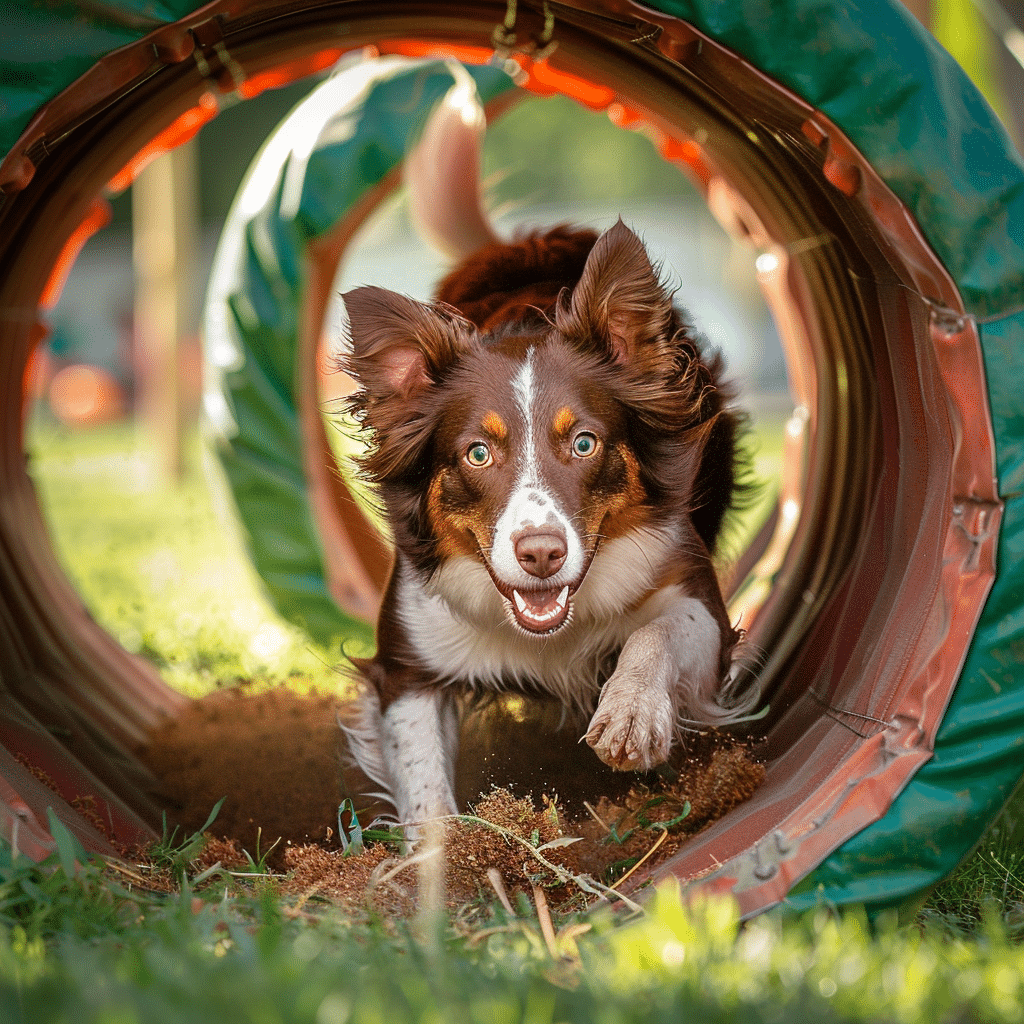
My experience with canine sports is that it not only keeps my dogs physically fit but it also sharpens their minds and strengthens the bonds they share with their owners.
Training for and participating in these sports necessitates frequent, positive interaction, fostering mutual trust and understanding. Moreover, it offers dogs a sense of purpose and accomplishment, while giving owners the joy of seeing their pets happy and healthy.
Fundamentals of Canine Sports
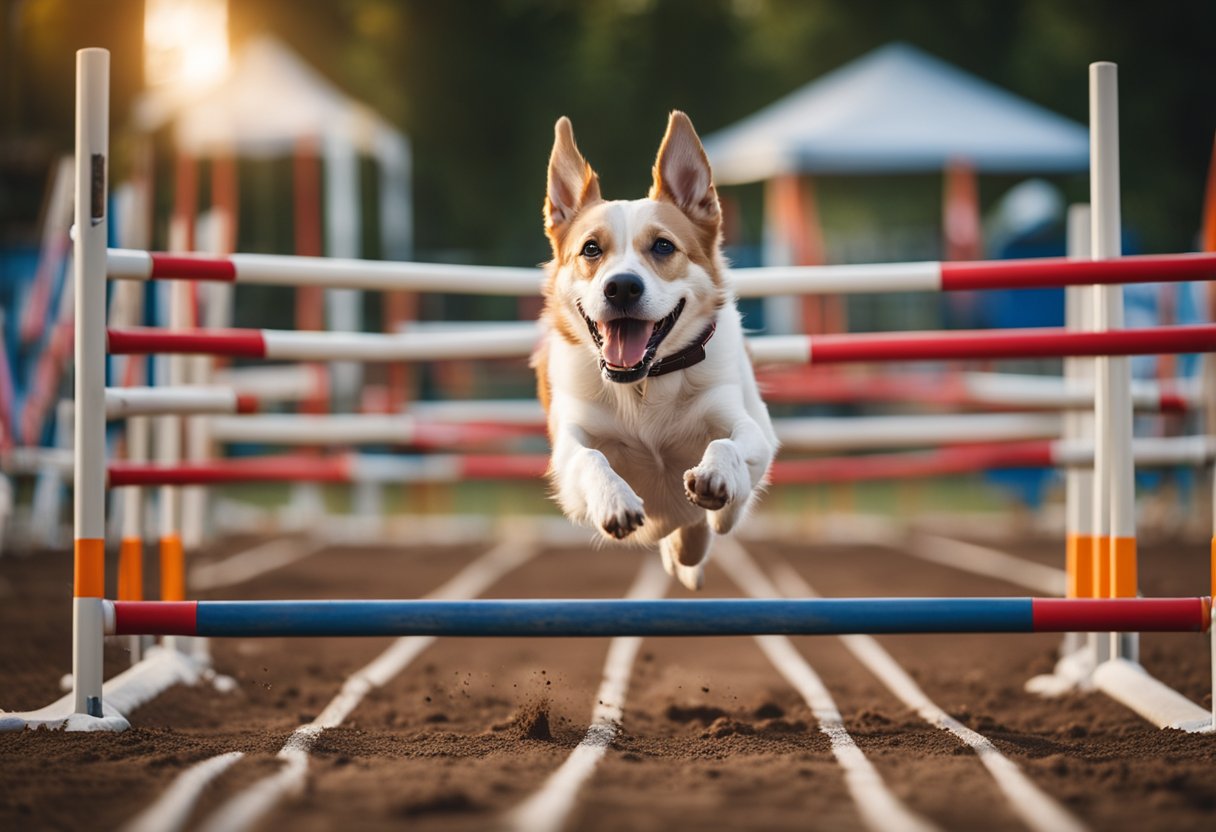
Canine sports involve a variety of competitive activities designed to engage a dog’s natural instincts and abilities. Training is a critical component, as it enhances communication between me and my dog, ensuring we both know what is expected during a particular activity. The exercises range from agility to strength-based sports, each tailored to suit a dog’s breed, size, and temperament.
- Agility: In agility sports, dogs navigate a course with obstacles such as jumps and tunnels.
- Mushing: Sports like bikejoring come under mushing, where dogs pull a bike or sled.
- Dance and Movement: Canine freestyle incorporates dance and choreography with music.
Key Benefits of Participating
The benefits of participating in dog sports are manifold and extend beyond simple physical activity.
- Exercise and Physical Health: Regular participation in sports keeps dogs physically fit and healthy, which is fundamental for their overall well-being.
- Mental Stimulation: Dog sports challenge a dog’s mind, providing mental stimulation essential for their intellectual health.
- Bonding: Engaging in sports with my dog strengthens our bond through shared experience and trust.
- Communication: Training for dog sports enhances the communication I have with my dog, as we must work together seamlessly.
- Confidence: Successfully navigating the challenges of dog sports can build confidence in dogs, which often transfers to other areas of behavior and interaction.
- Healthy Lifestyle: Both dogs and owners benefit from a healthy lifestyle that comes with regular physical activity.
Dog sports offer a unique blend of physical and mental challenges that promote a harmonious relationship between me and my dog while supporting a healthy and active lifestyle. With proper training and commitment, these activities can lead to a well-rounded and fulfilled canine companion.
Training for Canine Sports
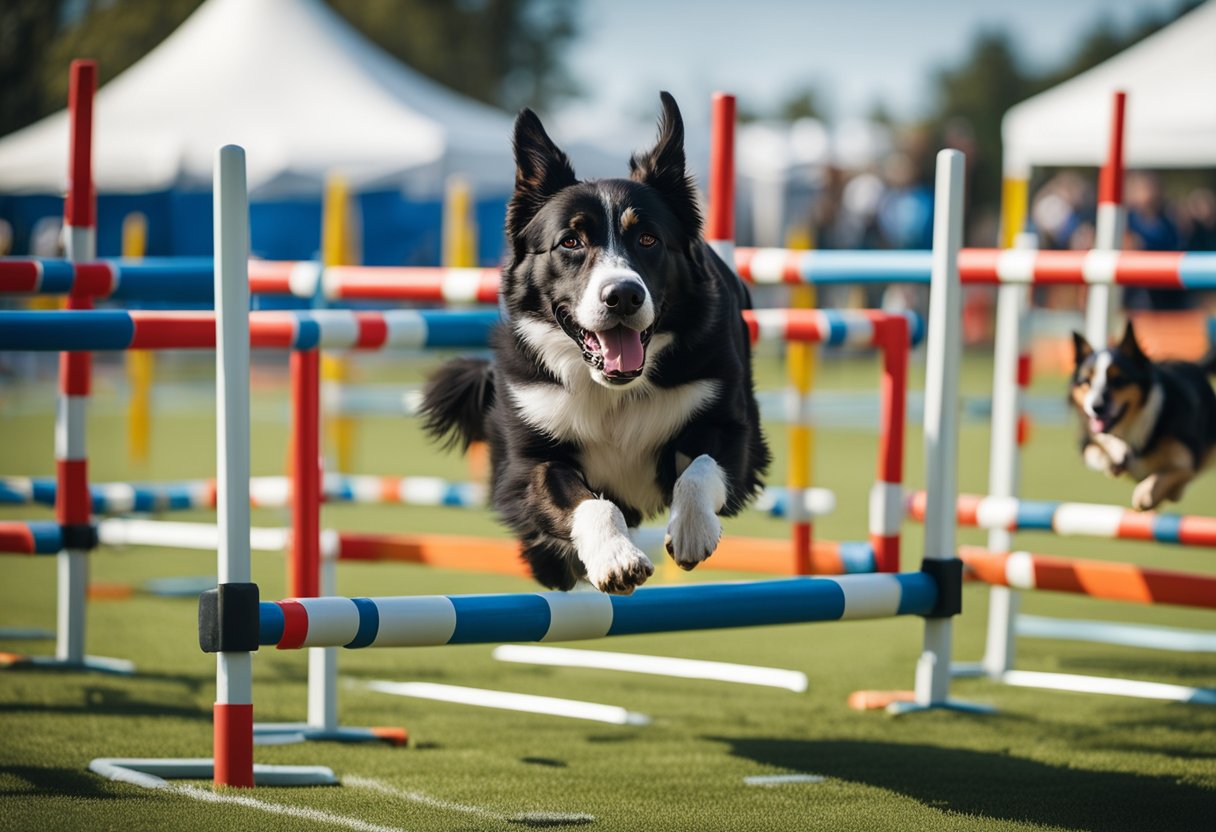
Before guiding starting your dog in canine sports, it’s essential to establish a foundation of obedience and progressively introduce advanced training techniques. This structured approach ensures my dog develops self-control and learns new skills effectively through positive reinforcement methods.
Basic Commands and Obedience
Sit, Stay, Down: Three fundamental commands I start with are ‘sit’, ‘stay’, and ‘down’.
I use a clear and consistent command for each behavior, rewarding my dog immediately after they perform the action correctly. This positive reinforcement enhances their learning experience and willingness to obey.
- Sit: I train my dog to sit by holding a treat above their nose and moving it back over their head, which naturally causes them to sit.
- Stay: For ‘stay’, I introduce distance gradually, rewarding them for maintaining the position despite increasing distractions.
- Down: The ‘down’ command follows a similar treat leading technique, guiding my dog from a ‘sit’ into a ‘lay’ position.
Efficient obedience training relies on consistency, patience, and clear communication.
Advanced Training Techniques
Once the basics are in place, I move on to more complex behaviors and sequences required in canine sports. Turning and performing sequences of commands fluidly become the focus here.
- Turn: To teach my dog to turn, I lead with a treat or a toy in the direction I want them to move, rewarding them as they complete the motion.
- Sequence: Creating sequences of behaviors prepares my dog for the complexity of canine sports. We practice transitioning from ‘sit’ to ‘down’, then to ‘turn’, and back to ‘stay’, building up to a routine.
Throughout the training process, I maintain a steady and calm demeanor, providing clear guidance. Advanced training is about reinforcing self-control while increasing the challenge level, mixing obedience with agility and fun.
Popular Canine Sports Explained
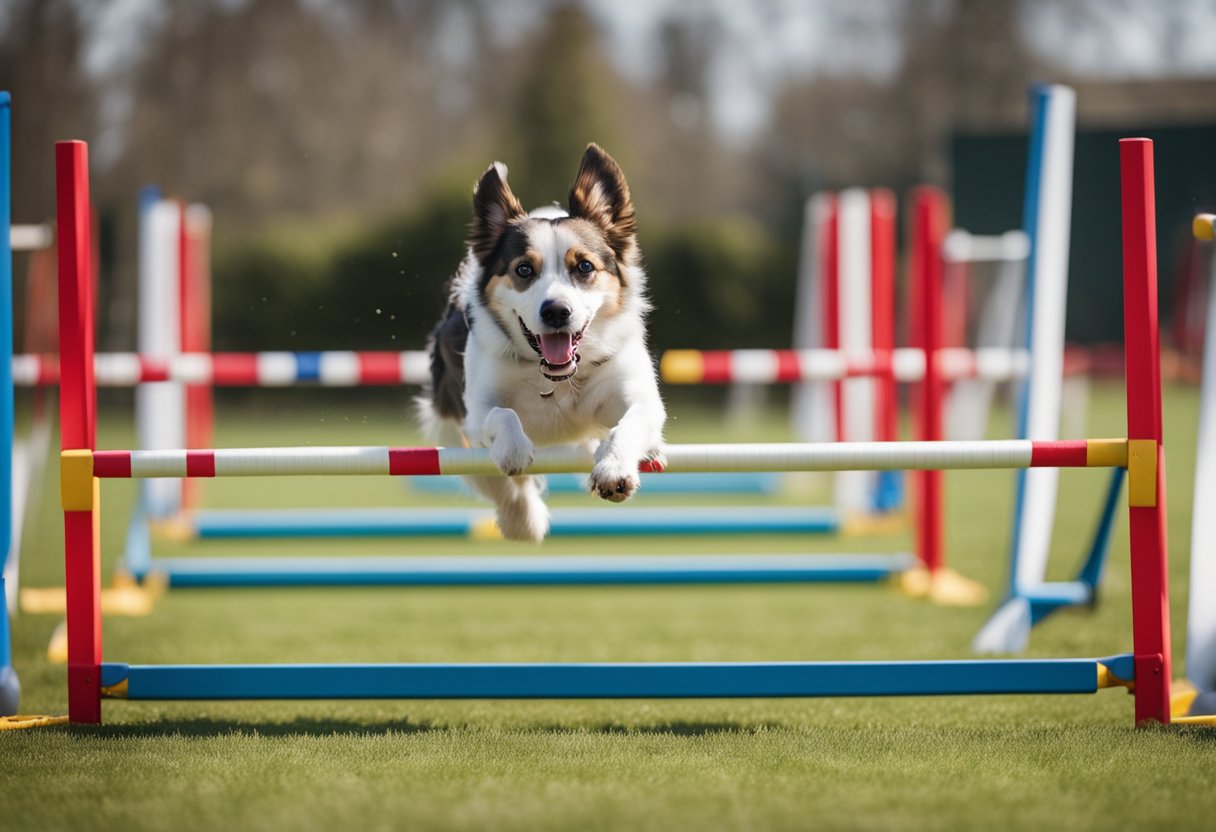
Exploring popular canine sports offers insights into the diverse range of activities tailored for canines that enhance their agility, strength, endurance, and precision. These sports can greatly contribute to a dog’s physical and mental well-being while also fortifying the bond between dogs and their handlers.
Agility and Obstacle Courses
In dog agility, dogs navigate a timed obstacle course with the guidance of their handler. The course consists of jumps, tunnels, and weave poles. It tests a dog’s ability to follow instructions and move with both speed and precision. Agility requires excellent handler communication and can build confidence in dogs.
Strength and Endurance Sports
Strength and endurance sports for dogs come in various forms. Canicross, where dogs are harnessed to their running owners, is an example of a strength and endurance sport. I also include herding, as it is both a competitive sport and a practical job for herding breeds. These sports build stamina and can highlight a dog’s natural talents and inclinations, such as the instinctive behavior seen in herding dogs guiding sheep.
Precision and Tracking Sports
Scent work capitalizes on a dog’s natural scenting ability, requiring them to identify and locate a specific scent. It’s a mental workout that enhances a dog’s cognitive abilities. Lure coursing is another precision sport where sighthounds chase a mechanically operated lure, simulating the pursuit of prey. Both sports provide mental stimulation and cater to dogs’ natural instincts.
Building Bonds through Sport
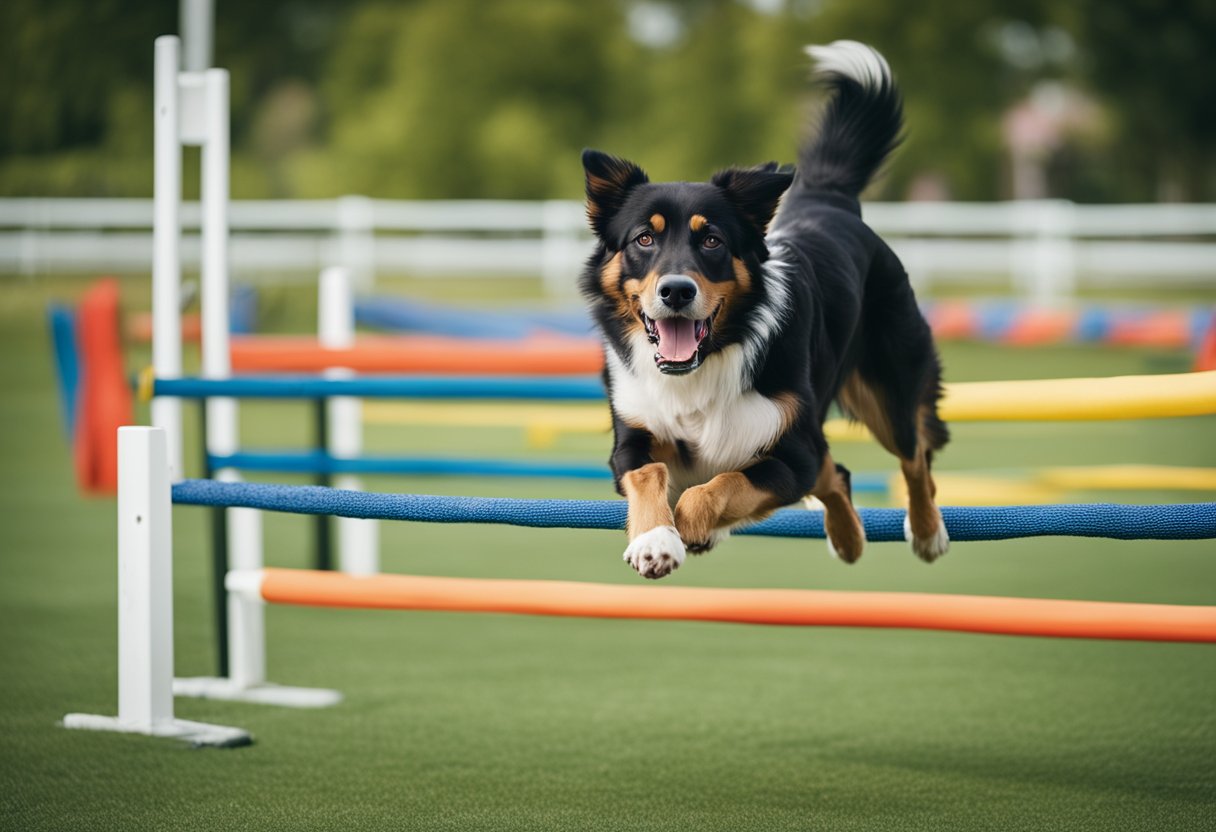
In canine sports, the connection between a dog and its owner transforms into a deep bond fostered through shared goals and mutual trust.
Enhancing Dog-Owner Relationships
Through the lens of canine sports, I’ve seen firsthand how the bond between me and my dog strengthens. This isn’t just about having fun; it’s a journey of teamwork where both parties learn to communicate effectively and trust one another.
- Trust & Understanding: As we navigate the challenges of a new sport, our understanding of each other’s body language and cues deepens. This communication is pivotal, forming a language that’s uniquely ours.
- Achieving Goals Together: Every small success in training or competition reinforces our teamwork. Celebrating these milestones plays a significant role in forming a stronger bond.
- Consistent Interaction: Regular training sessions mean that I am consistently interacting with my dog, which naturally leads to a stronger sense of companionship.
Competing and Performing
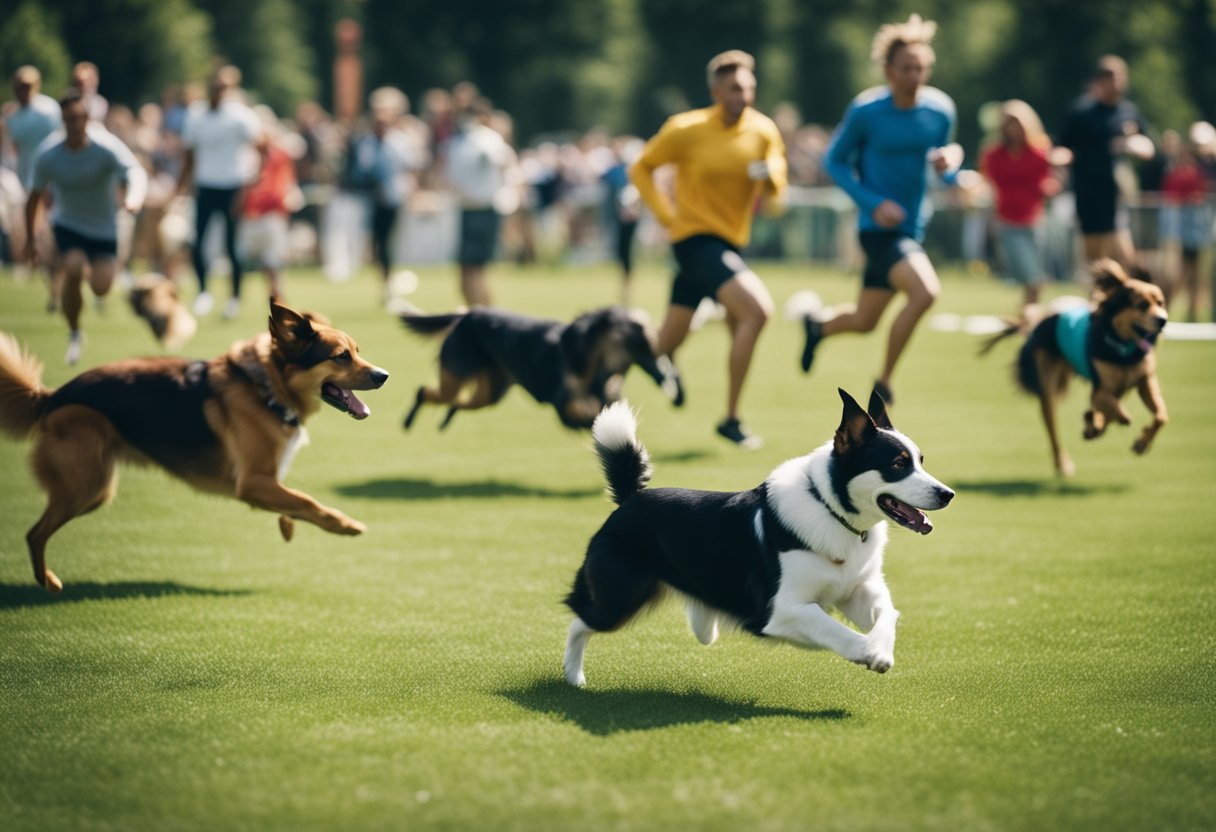
In my experience with dog competitions, preparation and performance are crucial. Through these phases, both the handler and the dog develop the necessary skills and mindset to excel in their chosen sport.
Preparing for Competition
When I prepare for a competition, I make sure I understand the specific requirements of the American Kennel Club (AKC) or other sanctioning bodies.
Whether it’s an AKC club trial or an independent event, I familiarize myself with the rules and scoring system. The rules and scoring system can vary depending on the sport—be it agility, obedience, or an AKC rally.
It is essential to know that competitions are open not just to purebreds, but also to mixed breeds, giving every dog a chance to showcase their abilities.
Training: My dog and I undergo a rigorous training regimen long before the trial to perfect our performance.
This involves practicing the skills needed for the competition, such as jumps, weaves, or scent work, depending on the sport.
Documentation: For AKC sanctioned events, I ensure all the necessary paperwork is in order, including registration and health records.
This is especially important for mixed-breed dogs, which can be registered with the AKC Canine Partners program.
What to Expect on the Day
On the day of the event, I arrive early to give my dog and me time to acclimatize to the venue. The atmosphere at a competitive sport event can be intense, and it’s vital to stay calm and composed.
Check-In: I check in with the event organizers, present any required documents, and confirm our participation in the trial.
Walkthrough: In events like agility, there’s often an opportunity to walk the course without the dog.
This is my chance to strategize and memorize the course layout.
Warm-Up: Before our performance, I ensure my dog is warmed up. This reduces the risk of injury and helps my dog focus.
The Competition: During our performance, I focus on clear communication with my dog, aiming for precision in our execution.
This is where our training pays off, as scoring is typically based on our ability to complete the course accurately and within an allotted timeframe.
Health and Safety Considerations
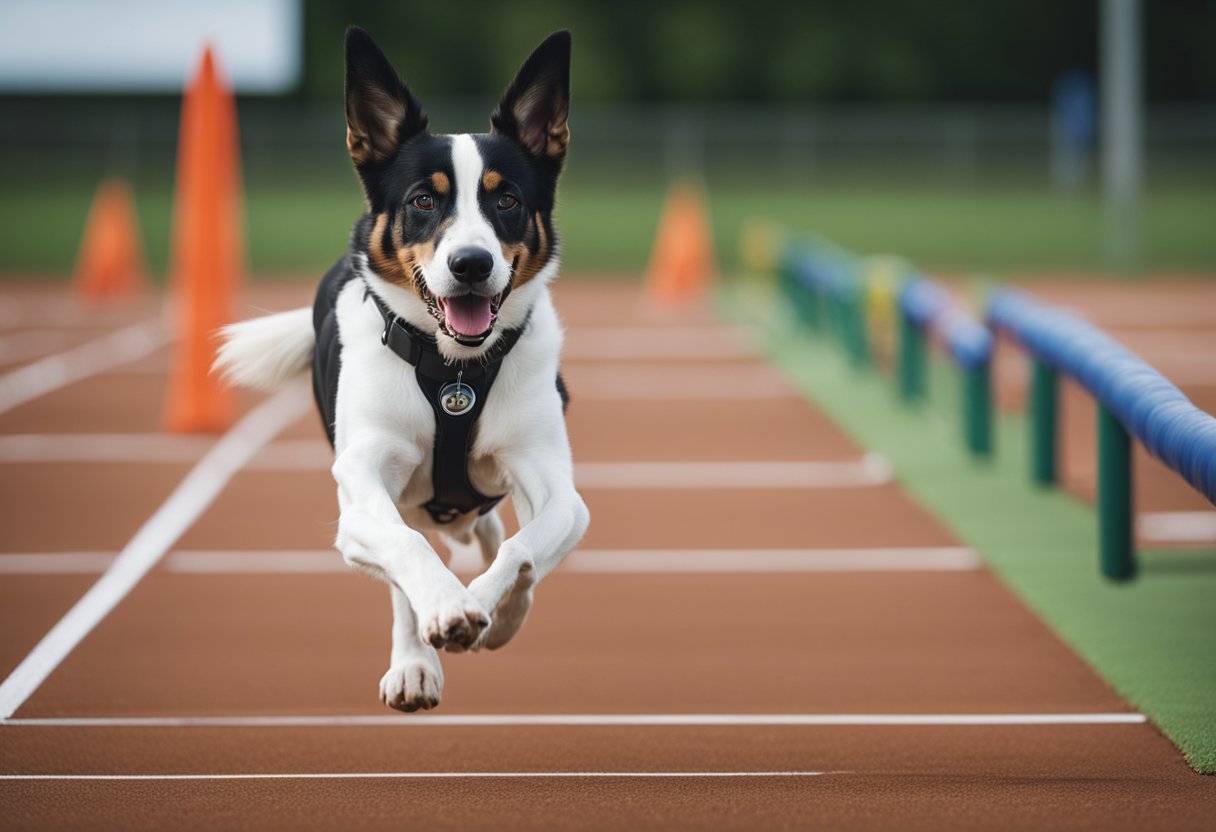
In my experience with canine sports, maintaining the health and safety of dogs engaging in physical activities is paramount.
Ensuring my dog’s well-being involves a commitment to proper care and an understanding of the demands placed on their bodies.
Caring for the Athletic Dog
For a dog participating in sports, I prioritize physical exercise.
Regular, structured activities not just keep my dog fit but also improve their athleticism.
I meticulously plan workouts that enhance physical fitness–mixing aerobic exercises with strength training.
My adherence to positive training methods supports their mental and emotional state during these activities, ensuring they remain motivated and enjoy the sports.
Moreover, monitoring my dog’s physical health is a routine that should never be overlooked.
From diet to daily exercise, I keep a detailed log of their caloric intake and energy expenditure.
Pre- and post-activity massages help in reducing muscle strain and enhancing recovery after strenuous workouts.
It’s crucial to pay attention to even the subtlest signs of discomfort or injury. Early detection greatly contributes to effective treatment and prevents long-term health issues.
I adhere strictly to professional advice from credible sources, such as veterinary sports medicine experts, for incorporating the best practices in my training and care routines.
For example, I’ve learned about maximizing human and canine safety in hospital-based canine-assisted interventions. I found that these practices can be similarly applied to canine sports to ensure a safe and supportive environment for my athletic dog.
Frequently Asked Questions
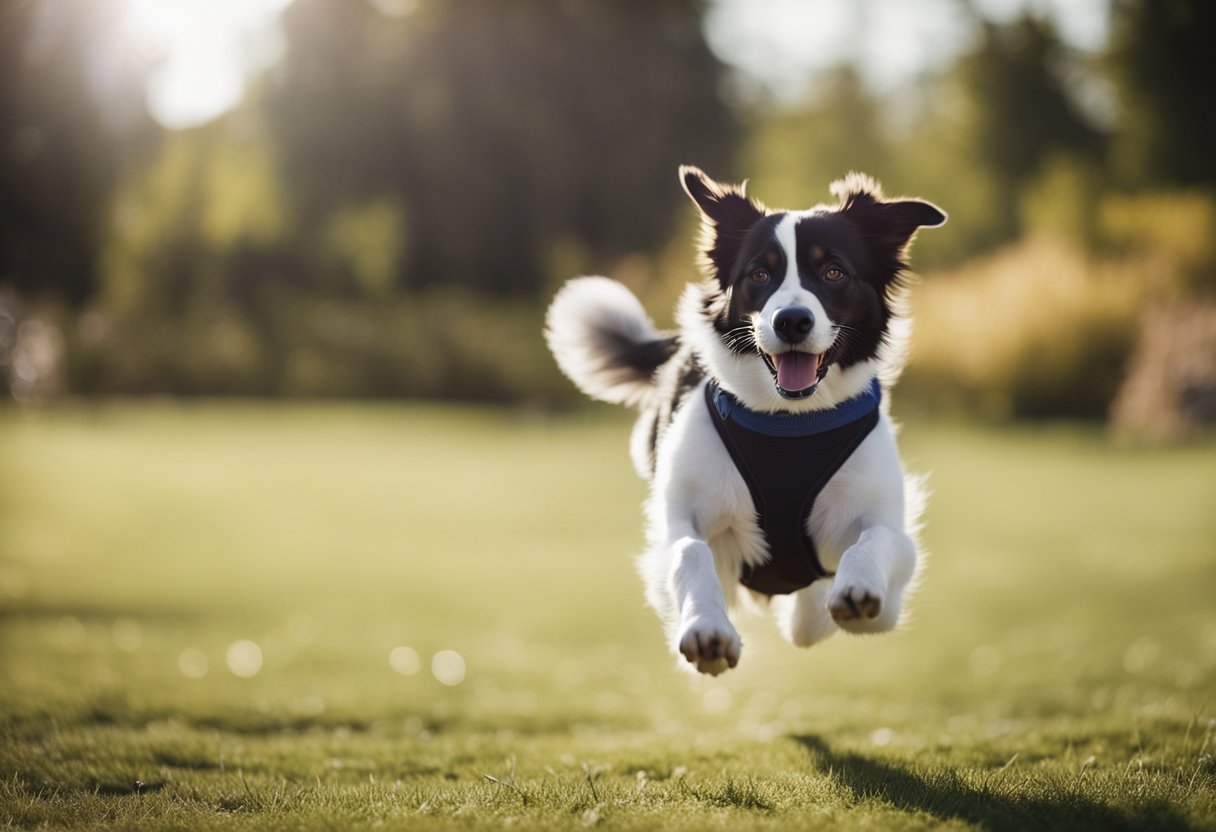
As an expert in the field of canine athletics, I’ve compiled a list of frequently asked questions to address the benefits that these activities can have on both dogs and their owners.
What positive impacts do canine sports have on a dog’s physical health?
Canine sports like agility courses significantly enhance a dog’s endurance, strength, and overall health. They help maintain a healthy weight, boost cardiovascular fitness, and improve joint health.
How can participation in dog sports strengthen the owner-pet relationship?
Engaging in dog sports together fosters a deeper bond due to the increased time spent together and the teamwork required. It builds trust and mutual respect, enhancing the connection between a dog and their owner.
In what ways do canine sports promote a dog’s mental stimulation and well-being?
Canine sports challenge a dog’s mind, requiring them to learn new skills and solve problems on the fly.
This type of mental engagement is crucial for a dog’s mental well-being, preventing boredom and promoting a sharp mind.
Can canine sports be useful in addressing behavioral issues in dogs?
Yes, many behavioral issues stem from a lack of physical and mental stimulation. Canine sports provide a constructive outlet for energy, reducing undesirable behaviors like excessive barking or chewing.
What are some long-term benefits for dogs regularly involved in sports activities?
Dogs who regularly participate in sports tend to enjoy a higher quality of life, exhibit positive behaviors, and can maintain physical and cognitive health well into their senior years.
How do canine sports activities benefit the community and encourage responsible dog ownership?
Canine sports events bring dog enthusiasts together, fostering a sense of community. They also highlight the importance of training, socialization, and regular exercise.

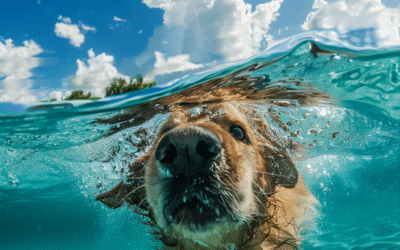
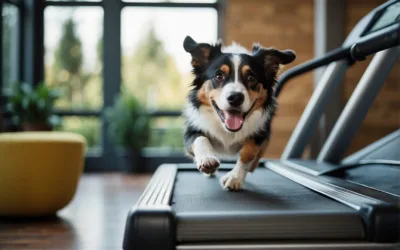
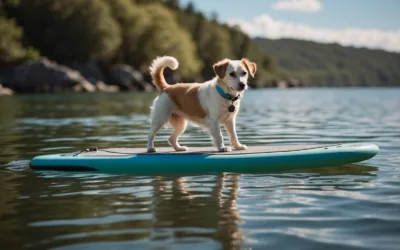
Recent Comments